When you’re thinking about getting into music, many people wonder, “Piano or Electone—which should I choose in the end?”
Both are keyboard instruments, but they differ greatly in construction, playing style, costs, and setup requirements.
In this article, we’ll compare three representative keyboard instruments—“acoustic piano,” “digital piano,” and “Electone”—and explain the characteristics of each in turn.
Differences in Construction and Functions
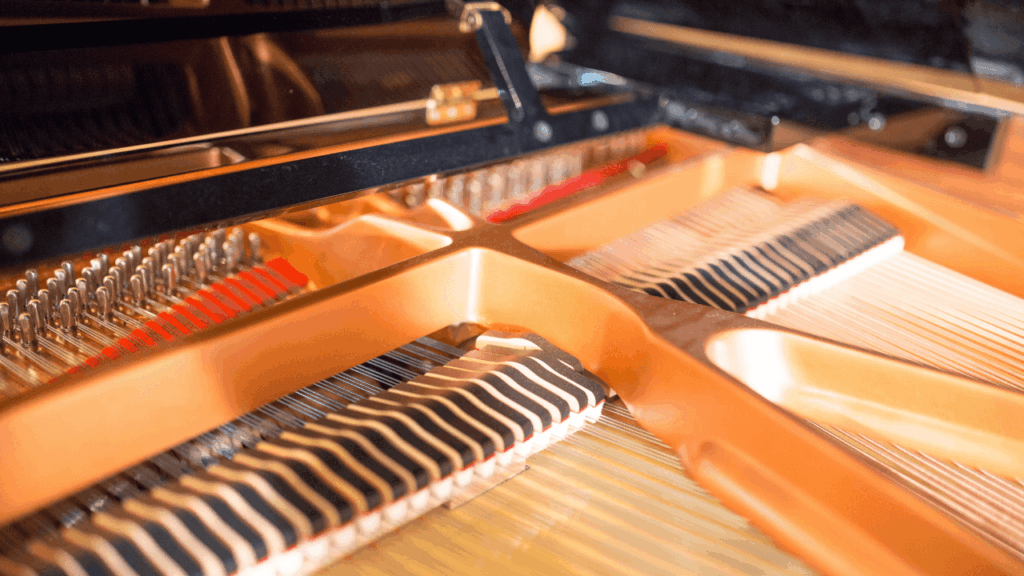
An acoustic piano has 88 keys, and sound is produced when hammers strike strings—making it a pure hammer-action string instrument.
A digital piano electronically reproduces that mechanism; it also has 88 keys, but includes built-in speakers and a sound engine.
The Electone is a bit unique: it has two manuals (upper and lower) plus a pedalboard for the feet, giving you well over 100 keys in total. The right hand plays melody, the left hand plays chords, and the feet handle bass, so a single instrument can deliver the richness of a small orchestra.
| Item | Acoustic Piano | Digital Piano | Electone |
|---|---|---|---|
| Keyboard layout | 88 keys / single manual | 88 keys / single manual | Upper 49 + Lower 49 + Pedals 20 = 118 keys |
| Basic size (W × D × H) | 149 × 53 × 113 cm | 136 × 42 × 85 cm | 123 × 57 × 102 cm |
| Weight | Approx. 190 kg | Approx. 10–40 kg | Approx. 100 kg |
| Main unit price (new, rough guide) | From ¥500,000 | From ¥20,000 | From ¥700,000 |
| Maintenance costs | Tuning once a year, about ¥10,000–20,000 | ¥0 (no tuning) | ¥0 (no tuning) |
| Silent practice | × | ◎ Headphones OK | ◎ Headphones OK |
| Best-suited genres | Classical / expressive solo playing | Piano repertoire in general + recording/streaming | Pops / film / composition |
Differences in Touch and Expressiveness
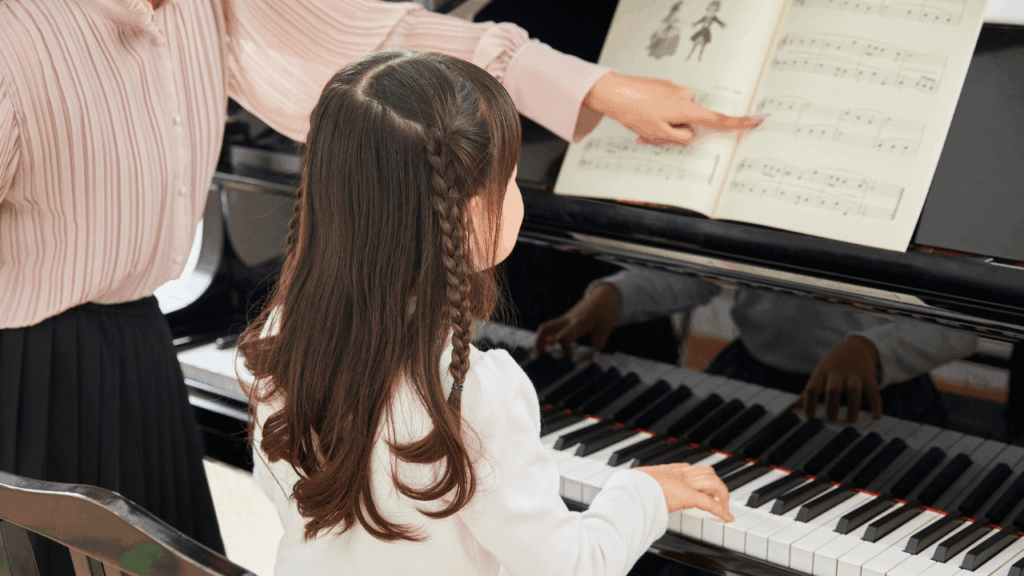
On both acoustic and digital pianos, volume and tone change with the speed and depth of the keystroke. Subtle finger nuances translate directly into sound, making pianos ideal for the delicate contours of classical music.
Some Electone models detect dynamics via touch, but in principle the volume from the manuals is relatively fixed; you shape expression with the expression (volume) pedal and sound settings.
If you want to focus on refined touch, choose a piano. If you want to enjoy broad arranging possibilities, choose an Electone.
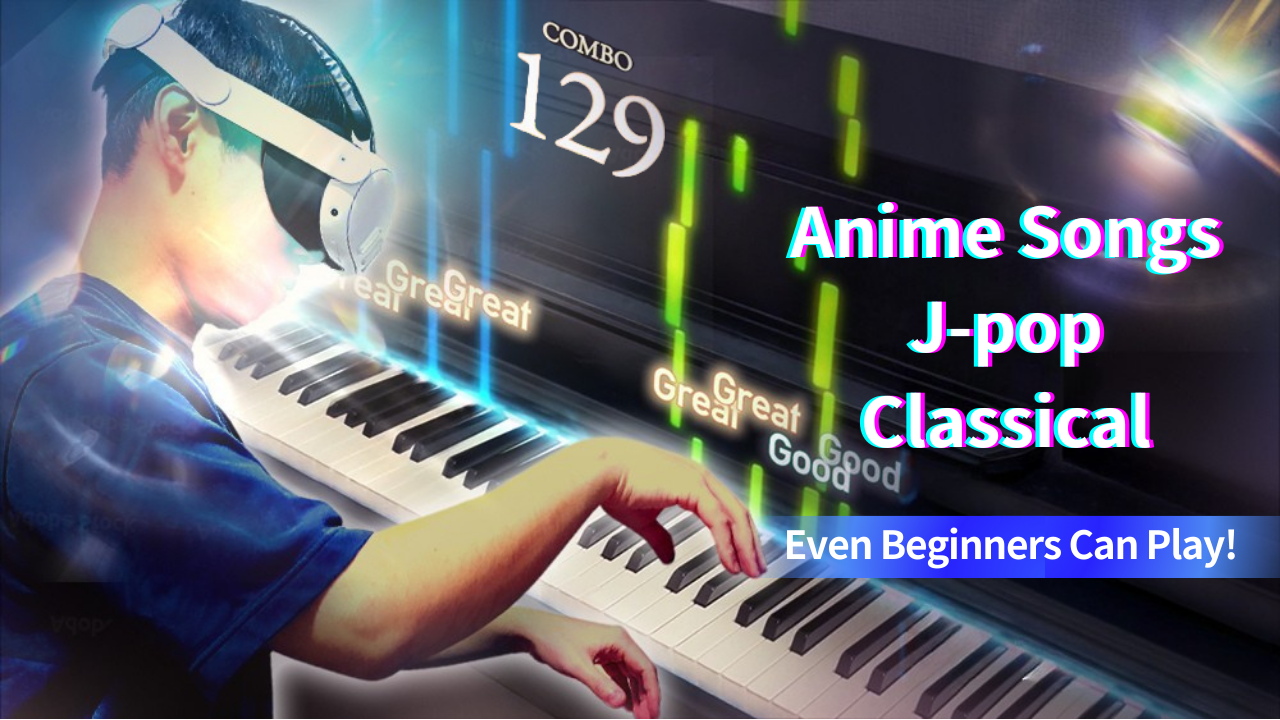
Acoustic / Digital Piano

- Sound production: Purely acoustic hammers striking strings (digital uses sampled playback).
- Touch expression: Infinitely gradated dynamics, so the most demanding finger control is required.
Both hands share melody and accompaniment while moving broadly across the keyboard. Because you use the full keyboard width, there are many technical challenges—jumps, hand crossings, and so on.
With limitless gradations of touch, the depth of expression is profound; conversely, mastering fine control requires substantial training.
Electone
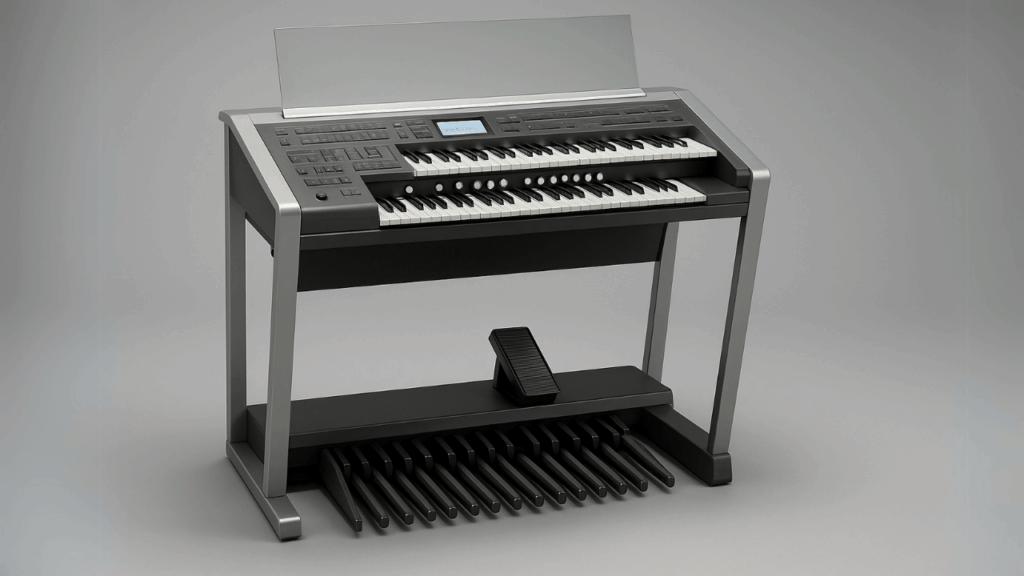
Because the roles of right hand, left hand, and feet are clearly divided, the notation can look somewhat easier.
However, operations such as sound switching and rhythm start are integrated into performance, so it can take time to get used to “keys + device operation.”
- Two manuals + rhythm functions: Right hand for melody / left hand for chords / feet for bass.
- Digital assists: Rich features such as auto-accompaniment and aftertouch.
Comparing Costs
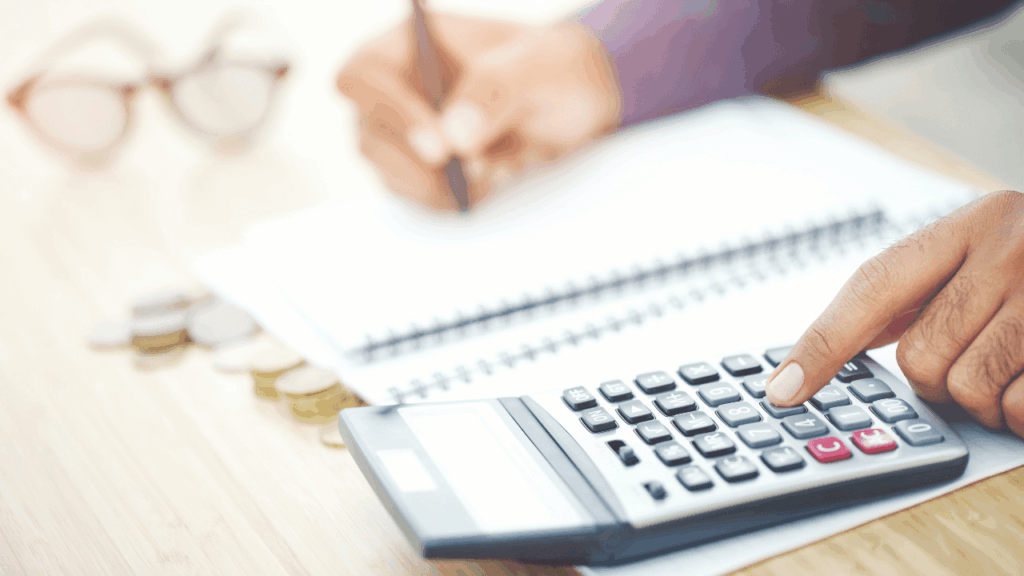
Purely on price, digital pianos are by far the easiest to adopt, and they require no tuning—so there’s no ongoing maintenance cost.
With an upright piano, you’ll have annual tuning fees on top of the purchase price, so the cost tends to grow over the mid to long term.
Depending on the model, an Electone may incur OS or sound-engine upgrade fees every few years, but in principle ongoing costs are modest.
Noise, Placement, and Delivery Considerations
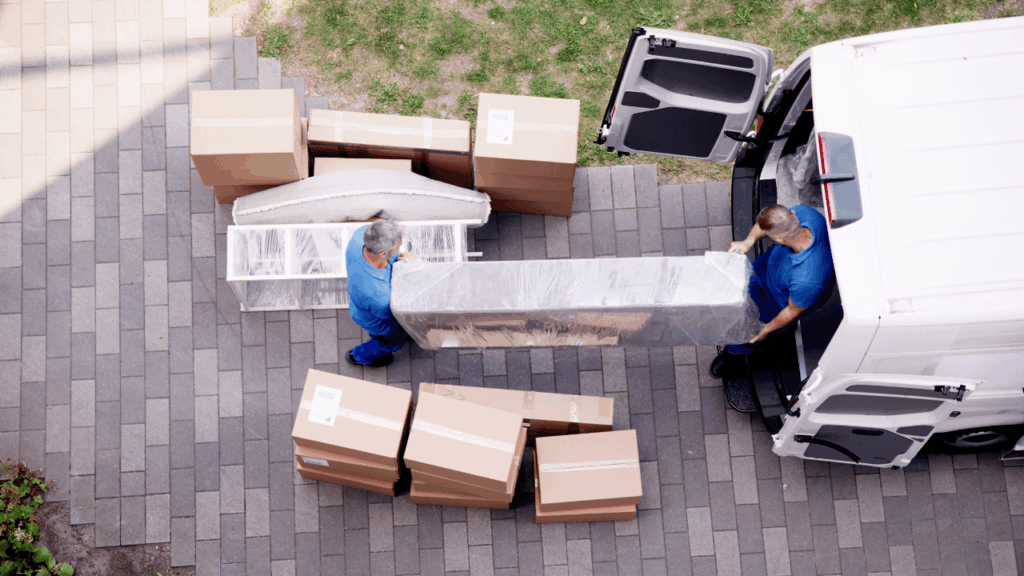
Upright pianos have the backboard facing the wall, so not only sound but also low-frequency vibrations easily transmit to the floor below. Thick carpeting and anti-vibration pads, plus limiting practice hours to before 7 p.m., are essential courtesies.
Digital pianos and Electones allow headphone practice, so sound leakage risk is very low. That said, the Electone’s pedalboard can transmit a tapping sensation through the floor when pressed, so don’t forget vibration control with carpet or soundproof sheets.
| Item | Recommended measures |
|---|---|
| Vibration transmission (floor) | Thick carpet + anti-vibration mat (especially for Electone pedalboard) |
| Wall reflections | Keep 5 cm or more between instrument and wall / use absorptive panels to tame highs |
| Delivery route | Ensure ≥80 cm at corners (upright width is 149 cm) |
| Downstairs / adjacent rooms | Keep practice before 7 p.m. / combine with headphone practice |
Delivery is strictest with upright pianos.
Because the near-1.5-meter-wide, roughly 1.1-meter-tall cabinet must be maneuvered around right-angle corners, you need to measure elevator and stairwell width and height in advance.
Many digital pianos and Electones can be disassembled into parts, so delivery routes rarely pose problems.
Skills Developed by Age Group
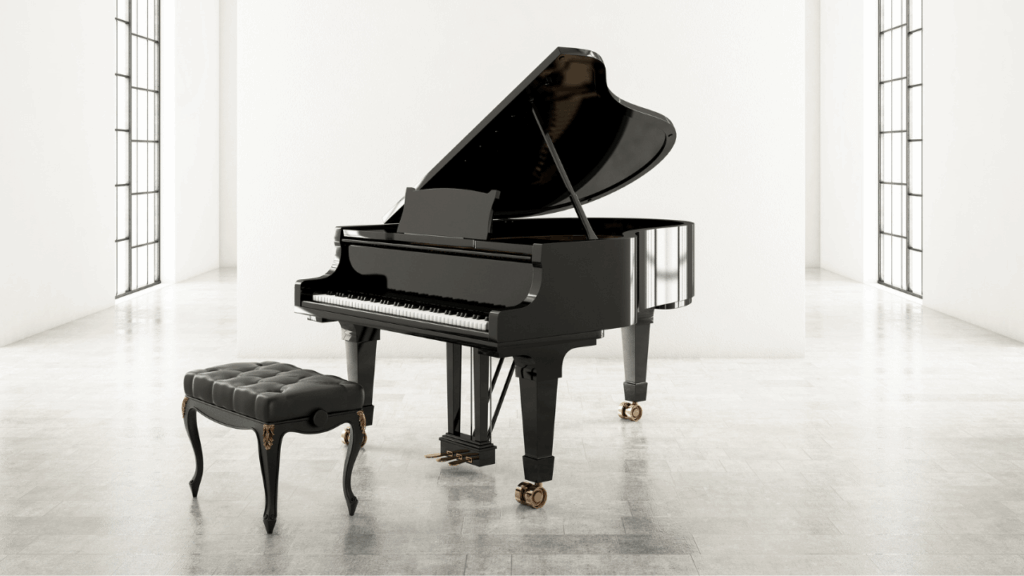
For preschool and elementary ages, piano notably builds reading skills and concentration, while the Electone clearly boosts sense of rhythm and improvisation.
Adults who start as a hobby can refine sensibility and relieve stress.
| Age | Skills that grow easily with piano | Skills that grow easily with Electone | Tips for starting |
|---|---|---|---|
| Preschool | Finger dexterity / absolute pitch | Sense of rhythm / harmonic awareness | Play-based learning: color-coded key stickers + backing tracks |
| Elementary | Reading notation / concentration | Ensemble skills / improvisation | Set goals via exams or recitals |
| Middle & high school | Expressiveness / emotional release | Arranging / DTM basics | Link with video posting or band activities |
| Adults | Stress relief / cognitive maintenance | Chord theory / ad-lib | Short courses + online materials |
Frequently Asked Questions (Q&A)
-1024x684.png)
| Q | A |
|---|---|
| Can I place an upright piano on the 2nd floor of an apartment? | Yes, if a 149-cm-wide unit fits in the elevator. Hoisting via stairs costs an additional ¥20,000–50,000. |
| Is there latency when practicing with headphones? | Both digital pianos and Electones are under 1 ms—no perceptible delay. |
| Is switching from Electone to piano difficult? | With left-hand and pedal chord skills already in place, strengthening reading lets most players transition to basics in about six months. |
| How much is a piano isolation booth? | For a 2-tatami modular type, ¥800,000–1,200,000 (used from around ¥400,000). |
Summary
- If you want to refine the sound itself through fingertip nuance, a piano is for you.
- If you want to enjoy a wide variety of sounds like a one-person band/orchestra, an Electone is a great match.
Use this page as a guide to find the instrument that fits your intended use.

